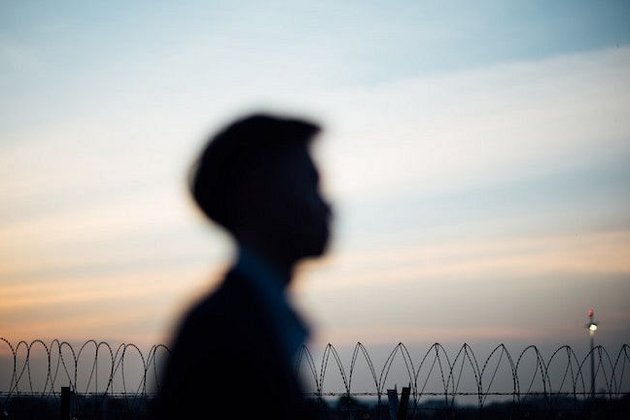2LT National News
Face masks become mandatory as Australia’s COVID-19 cases skyrocket
Jul 22, 2020
Pedestrians walk on a street in Sydney, Australia, on June 24, 2020. (Xinhua/Bai Xuefei)
Laws enforcing the mandatory wearing of face masks in the Australian city of Melbourne were set to come into effect as of midnight Wednesday. People in Melbourne venturing out in public without a face covering risk a fine of 200 Australian dollars (143 U.S. dollars).
SYDNEY, July 22 (Xinhua) — Laws enforcing the mandatory wearing of face masks in the Australian city of Melbourne were set to come into effect as of midnight Wednesday, prompting concerns over the items’ availability.
The new laws apply to central metropolitan Melbourne, the country’s second largest city and state capital of Victoria, as well as to the suburban shire of Mitchell to the north — where in the past month cases have skyrocketed to over 3,500 active infections, including a record-breaking 484 confirmed cases on Wednesday.
Those venturing out in public without a face covering risk a fine of 200 Australian dollars (143 U.S. dollars).
After the Australian-first measures were announced on Sunday, many Victorians rushed out to chemists and other stores to secure enough masks to go about their daily business.
With Melbourne’s population sitting at just under 5 million people, some were concerned about stocks running out, despite limits being placed on purchases at major supermarkets.
Victorian Premier Daniel Andrews said the state had ordered an additional 3 million face masks to help serve demand, with 300,000 arriving this week.
A man wearing a face mask waits for a bus at the CBD of Perth, Australia, March 30, 2020. (Photo by Zhou Dan/Xinhua)
Residents were also reassured that a face mask did not have to be surgical grade, and could simply entail a scarf or other item of clothing wrapped around the mouth and throat so as to cover the airways.
Health officials welcomed the stricter measures, with some saying that the use of masks should be even more widespread.
Raina MacIntyre, head of the Biosecurity Research Program at the University of New South Wales’ (UNSW) Kirby Institute, told Xinhua that the laws would definitely help in stopping a second wave of infections in Victoria.
MacIntyre cited a study in the Lancet medical journal which showed that surgical and cloth masks reduced the risk of transmission by around 67 percent.
“There’s really good, real world evidence that when everybody’s wearing a mask, it really reduces the risk of transmission,” she said.
A woman wearing a face mask is seen at Canberra Airport in Canberra, Australia, March 16, 2020. (Photo by Chu Chen/Xinhua)
As for misinformation and confusion which have plagued the use of face masks in some countries throughout the pandemic, MacIntyre attributed it to conflicting information provided even by top health officials in the early days of the pandemic.
“The confusion is coming because the initial recommendations … was not based on scientific evidence — it was based on probably a fear of the shortages of supplies,” MacIntyre said.
“When you start off with a guideline that’s not based on evidence, then you’re left … being really confusing as you try to backtrack your way into saying actually, you should wear a mask. It’s as simple as that.”
While homemade masks can be equally effective, MacIntyre said ideally they should be at least three layers thick and the outer layer should be water resistant.
The Australian Medical Association (AMA) welcomed the more widespread use of masks in Victoria, and called for more decisive policies and messaging on mask use for the rest of the country as well.
“The uptake of mask use will need community education and nationwide product supply, and misinformation must be challenged and corrected,” AMA President Tony Bartone said.
“Every Australian in current areas of community transmission must make mask use part of their daily routines.”
A staff member wearing a face mask walks at Sydney Airport in Sydney, Australia, March 16, 2020. (Xinhua/Bai Xuefei)
The area which likely stands to gain the most from a more aggressive mask wearing policy is Australia’s largest city, Sydney where a recent jump in cases, including 16 new infections confirmed on Wednesday, has state leaders nervous about the future.
“I think it would really reduce the chance of a second wave in Sydney. The earlier it’s done, the more effective it is,” MacIntyre said.
“We’ve got community transmission, it’s in multiple areas. It looks like we’re sort of where Victoria was in the middle of June.
“Hopefully it won’t become as bad as Victoria, but it’s possible.” ■



